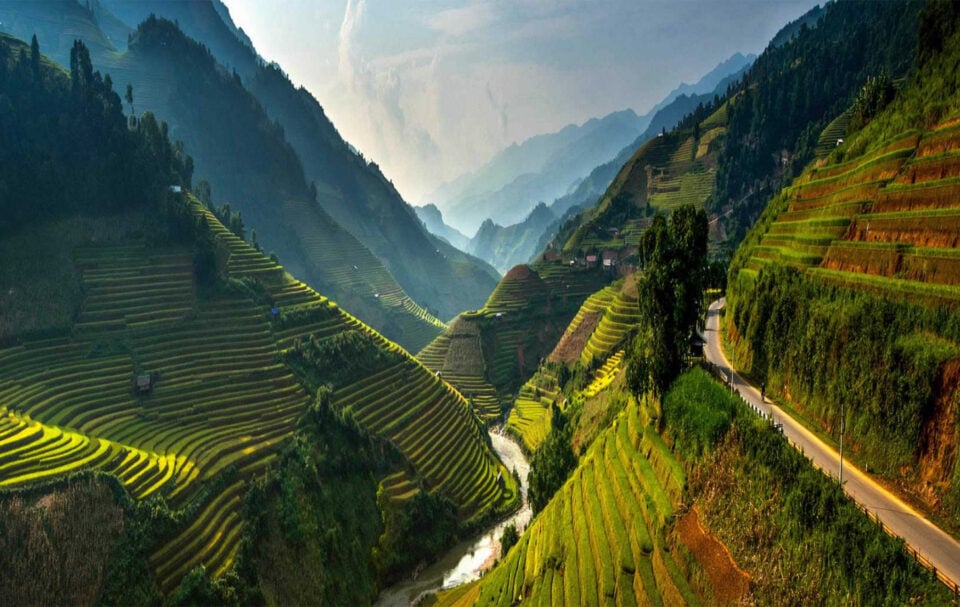Sapa (Vietnam) is a place where travelers from all over the world want to go, and for whom rest is not just swimming in the sea and lying on the beach. A small town appeared in 1910, it was built by colonists from France to relax from the sweltering heat. In 1993, the authorities of the country actively began to develop tourism in this region. Today it is one of the most visited places in Vietnam, where active and curious people come. What is so attractive about Sapa for travelers?
General information
The names of the city are pronounced in two ways-Sapa and Shapa. It is located in the province of Lao Cai, among rice fields, valleys and mountains at an altitude of more than 1.5 km in the north-western part of the country. Sapa is a border town located near China. Hanoi is 400 km away. The city of Sapa (Vietnam) is interesting for its historical and cultural heritage, beautiful inimitable landscapes.
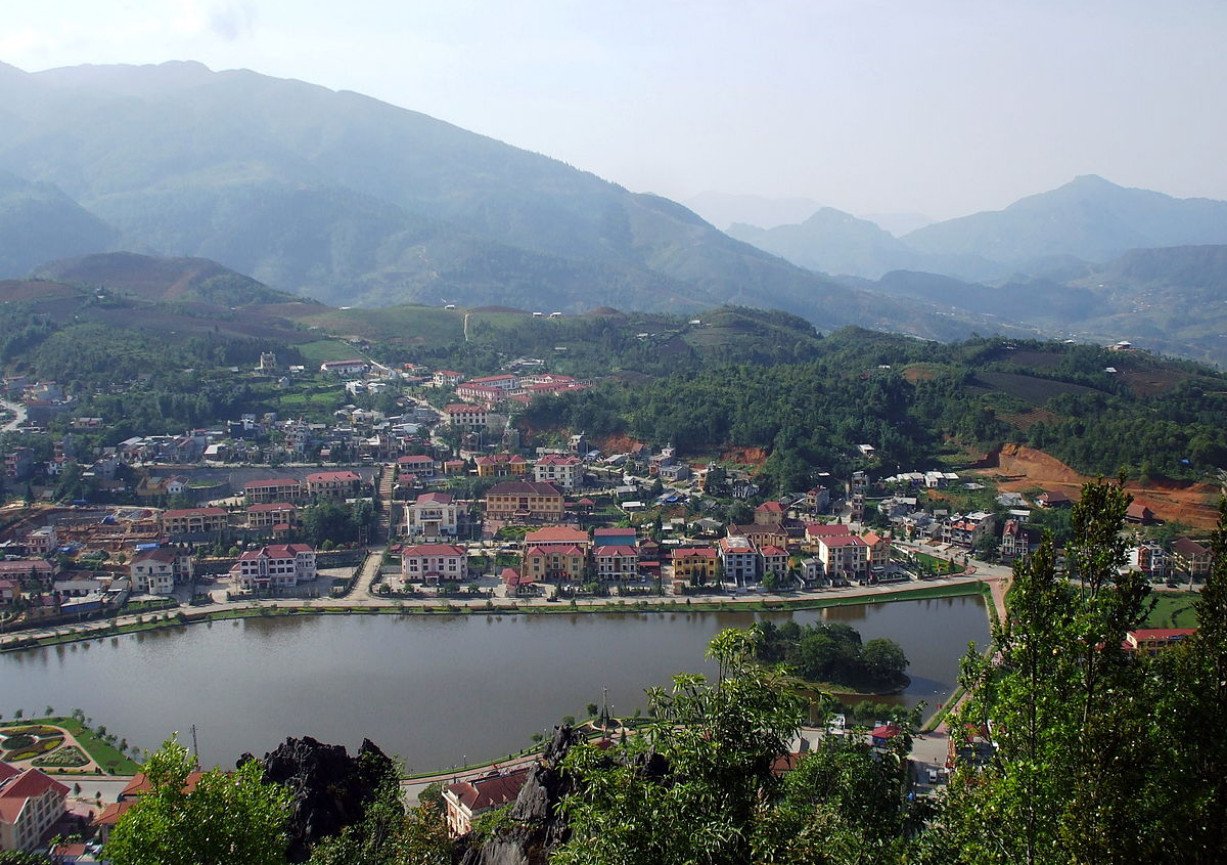
Not far from the town is Mount Fansipan, the highest point in Indochina. The foot of the mountain is covered with dense jungle, but the number of inhabitants of tropical forests has sharply decreased as a result of the active agricultural activity of the local population.
There are several ethnic groups living in and around the city that differ in the color of traditional clothing. There are many villages around the city, almost all of them preserved their medieval appearance. Most residents lead a closed life.
Why you should go to Sapa
First of all, Sapa is a completely different Vietnam – colorful, authentic. In other Vietnamese resorts, everything is different – the climate, local population, nature and surrounding landscapes.
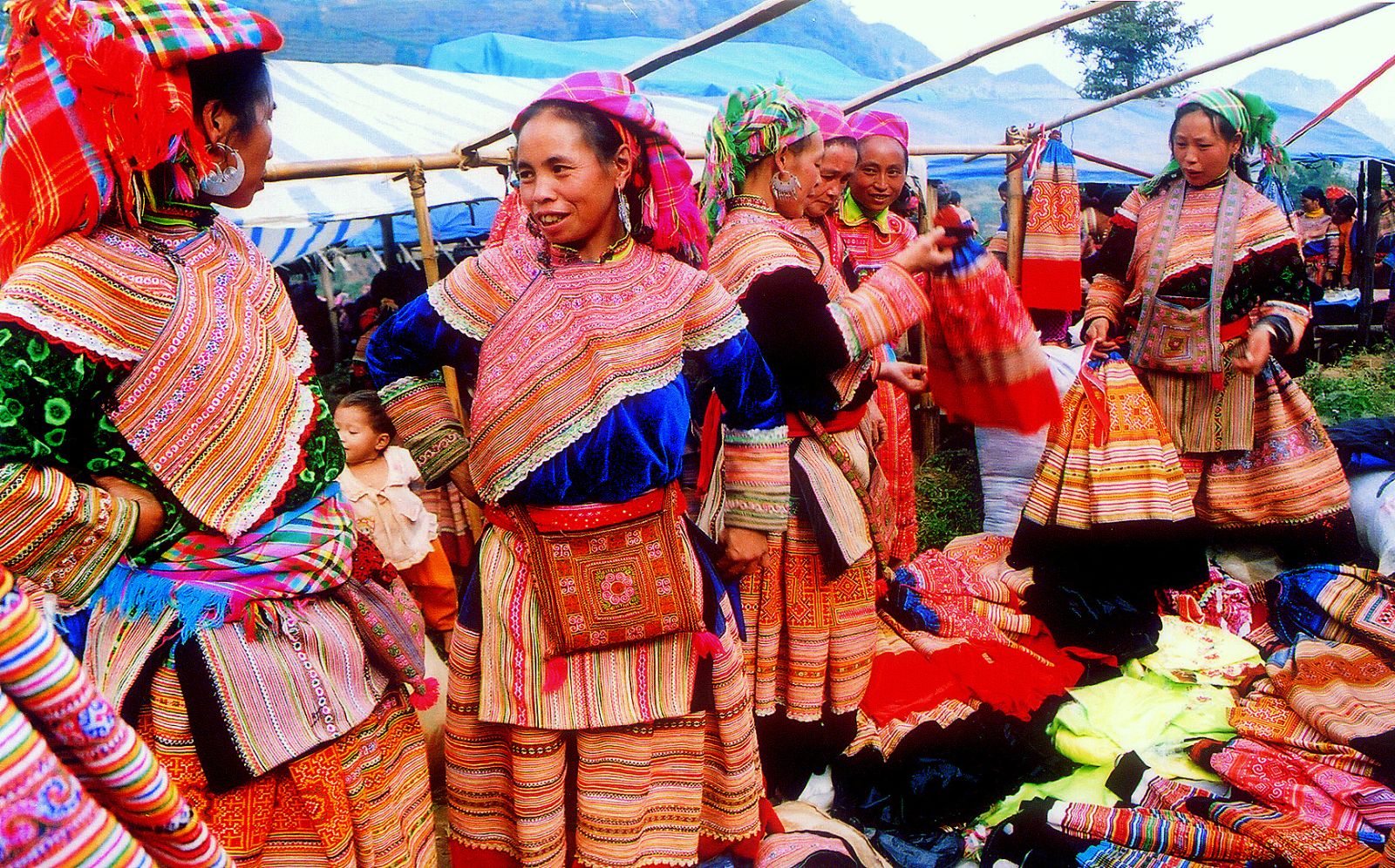
Many people come to Sapa to get a closer look at the local way of life, learn about the ethnic population and expand their horizons.
Another reason (albeit not the main one) to visit the town is shopping. There are markets in Sapa where you can buy high-quality fabrics and handmade souvenirs.
The city is unlikely to be suitable for a full-time holiday in Vietnam. This is an excursion settlement, where you can come for 2-3 days. The infrastructure in the town is quite developed, there are guesthouses and hotels, however, there is not much entertainment in Sapa. Experienced travelers recommend visiting Sapa only with trekking excursions.
It is important! There is no beach in the town, people come here for hiking in the mountains, cycling through the mountainous area densely covered with greenery. The most exotic holiday option is walking routes to small villages and staying in the homes of local residents.
Attractions in the city
The main attractions of Sapa (Vietnam) are the central part of the settlement and the market. There are cafes and restaurants in the center, delicious food is served here, you can visit souvenir shops, take a walk near the lake, rent a boat.
Sapa Museum

Here they tell the history of the city in detail. The exposition is not too rich, but the entrance to the museum is free, you can go there. On the second floor, the main part of the exhibits is presented, and on the lower floor there is a souvenir shop.
Useful information:
- Each user is invited to make a voluntary donation;
- The museum is open from 7: 30 to 17: 00;
- The attraction is located near the central square.
Stone Church
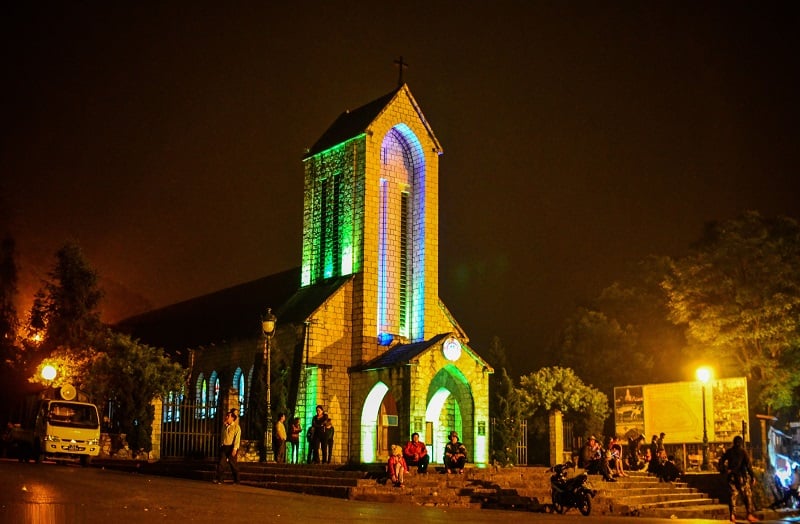
The Catholic church is also called the Stone Church or the Church of the Holy Rosary. If you go to the central Sapa Square, you won’t be able to pass it by. The cathedral was built by the French not so long ago-at the beginning of the last century. The building is completely made of stone, the interior design is quite modest. The temple is active and open to visitors during services. In the evening, the cathedral is illuminated and looks especially beautiful.
Useful information:
- Service hours: on weekdays and Saturdays-5: 00, 18: 30 and 19: 00; on Sundays-at 8: 30, 9: 00 and 18: 30.
- admission is free.
Ham Rong Mountain
The base is located almost in the center of Sapa, not far from the central square. Climbing to the top is a great way to discover the unique flora and fauna of the region. This is a well-maintained beautiful park, decorated with gardens and waterfalls. On the territory of the park there is a playground for children, there are show programs.
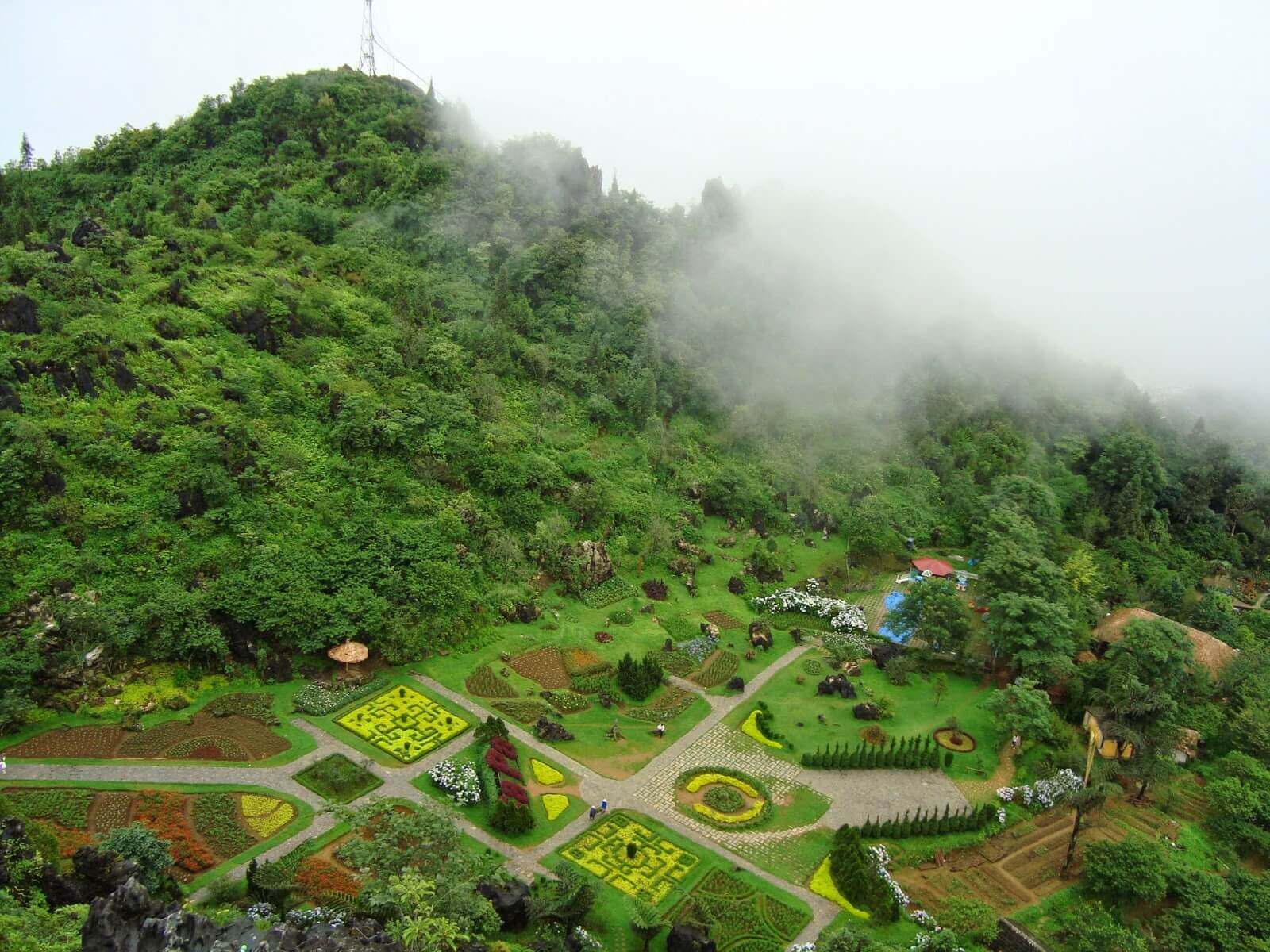
The walk will require serious physical training. Stairs lead up and down, and the observation deck is located at an altitude of 1.8 km. To get to the top and explore the mountain, it is better to allocate at least 2 hours.
Practical information: the ticket price for adults is 70 thousand VND, the ticket price for children is 20 thousand VND.
Love Market
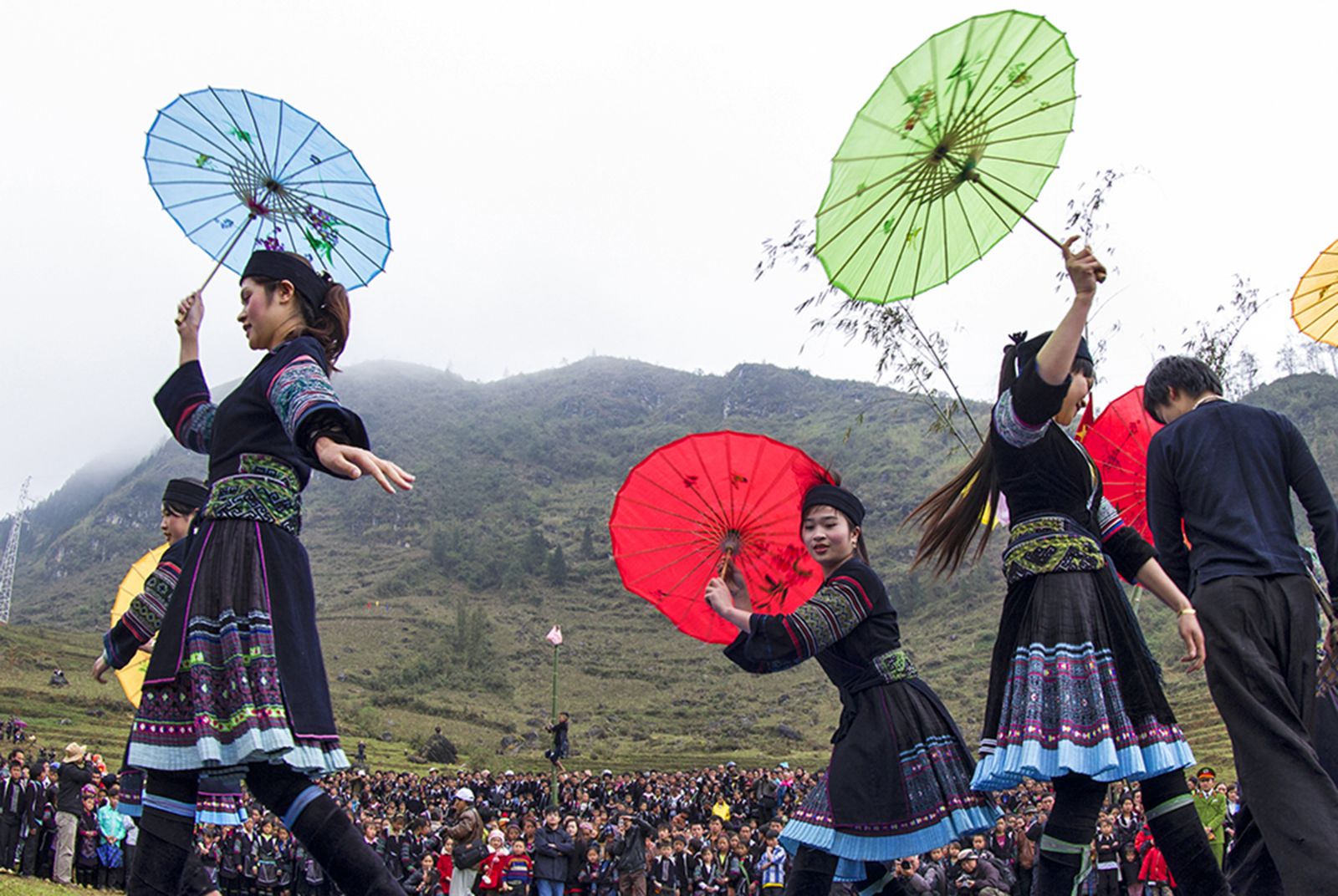
The unusual name of the attraction is connected with the history of this place. Previously, young men and women gathered here in search of a soul mate. Today, the market shows a theatrical show program on Saturdays. Be sure to bring the money that actors ask for in exchange for songs.
Note: admission is free, but actors need to pay a nominal fee. The performance is shown on Saturdays, in the evening, it takes place in the main square.
Main Market
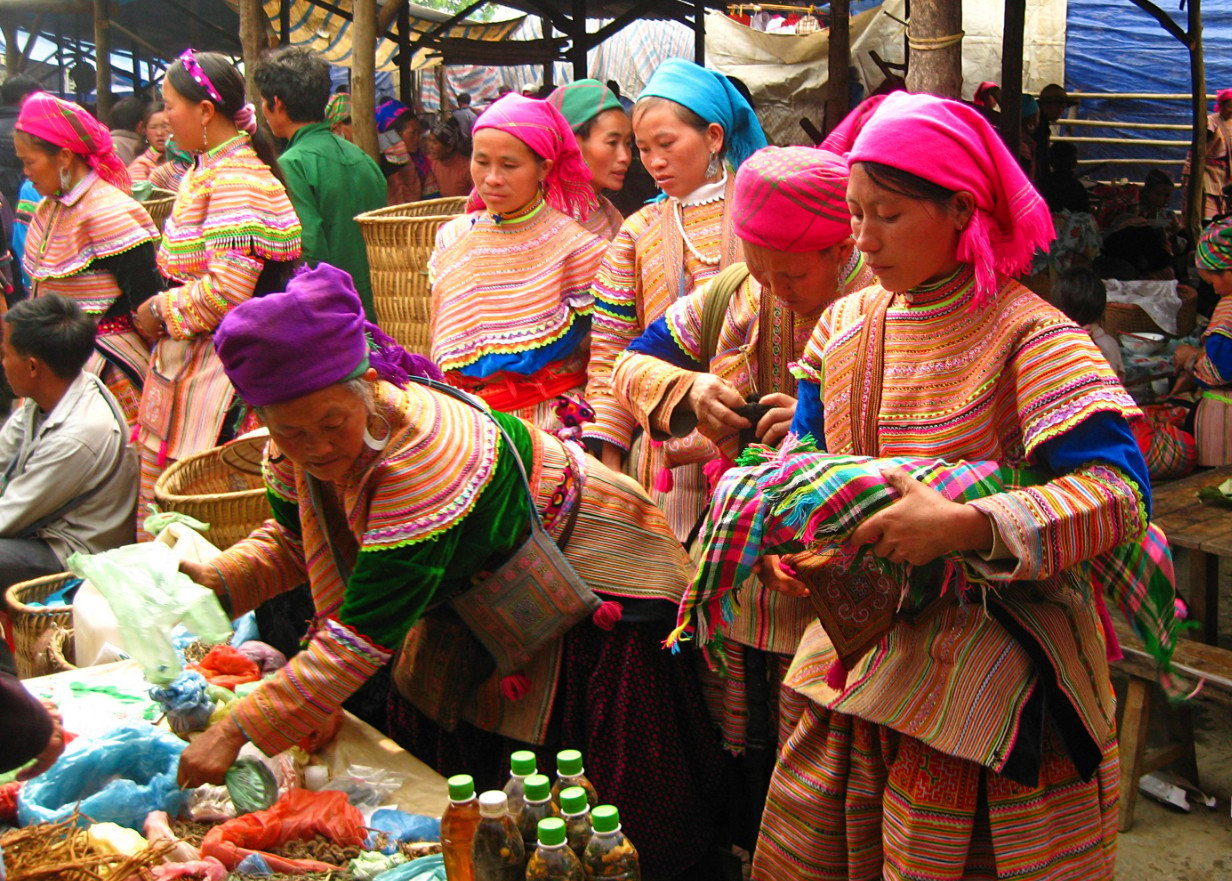
The entire central part of Sapa can be called a market, because everything is sold and bought here. However, the main place of trade is located near the church. They sell fruit, fast food, household goods, and everything you need to travel to the mountains. Local residents sell handmade items on the tennis court (near the market).
The market is open as long as it’s light, and admission is free.
Attractions in the vicinity of Sapa
Thac Bac Waterfall
Located 10 km from the city, its height is 100 meters. The waterfall gains its grandeur and beauty only during the rainy season, and in the dry season it significantly decreases in size.
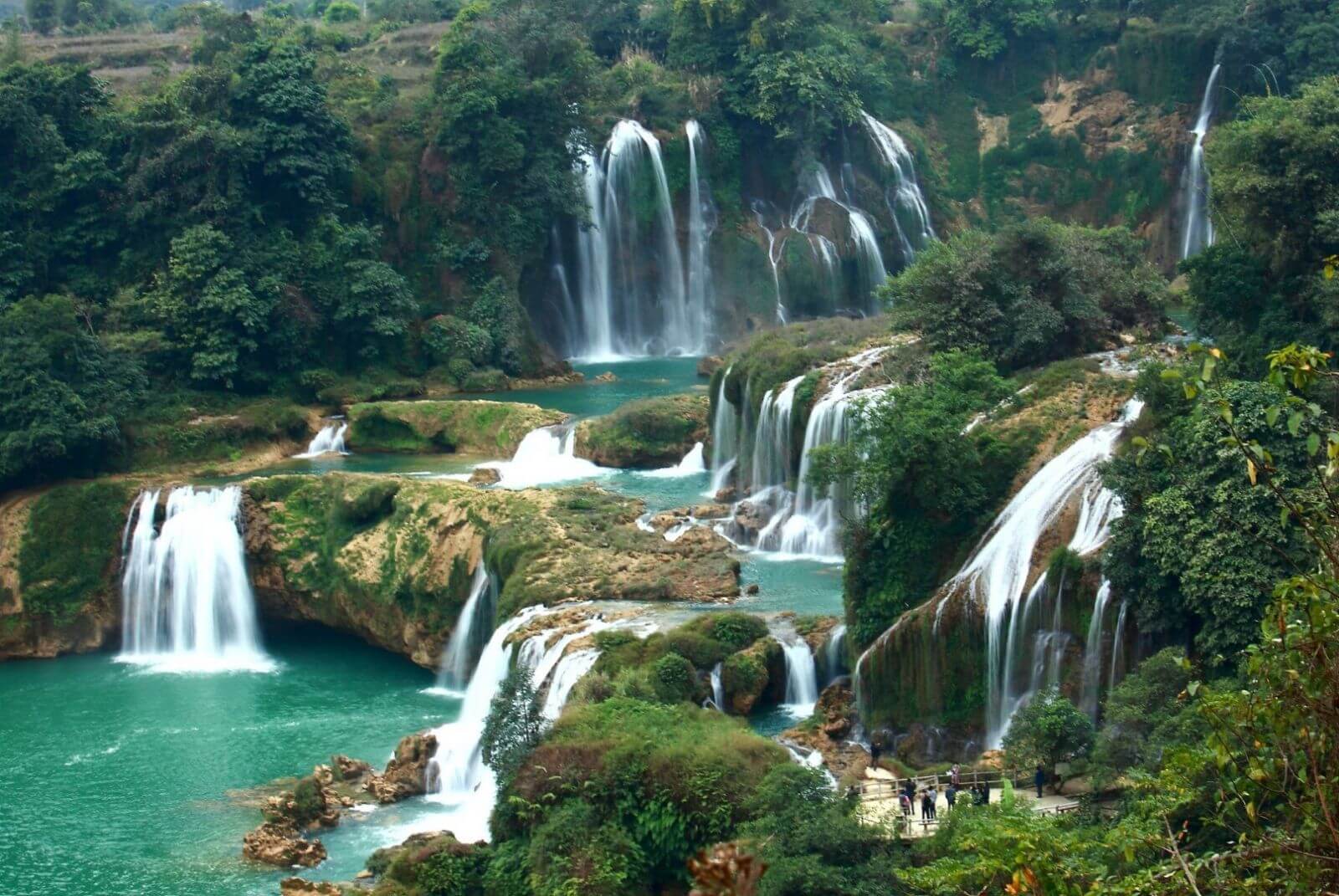
Not far from the waterfall (which is also called Silver) there is a market, paid Parking, and the ascent to the top is equipped with stairs. For more convenience, there are gazebos on the way where you can relax and take beautiful photos of Sapa (Vietnam).
A tip! You don’t have to leave your vehicles in a paid parking lot.You can drive to the waterfall entrance and park your bike or car by the roadside.
- Entrance fee – 20 thousand VND.
- You can visit the attraction daily from 6: 30 to 19: 30.
- Getting to the waterfall is easy – it is located north of Sapa. You can get here on the QL4D road by yourself or with a guided tour.
Ham Rong Pass
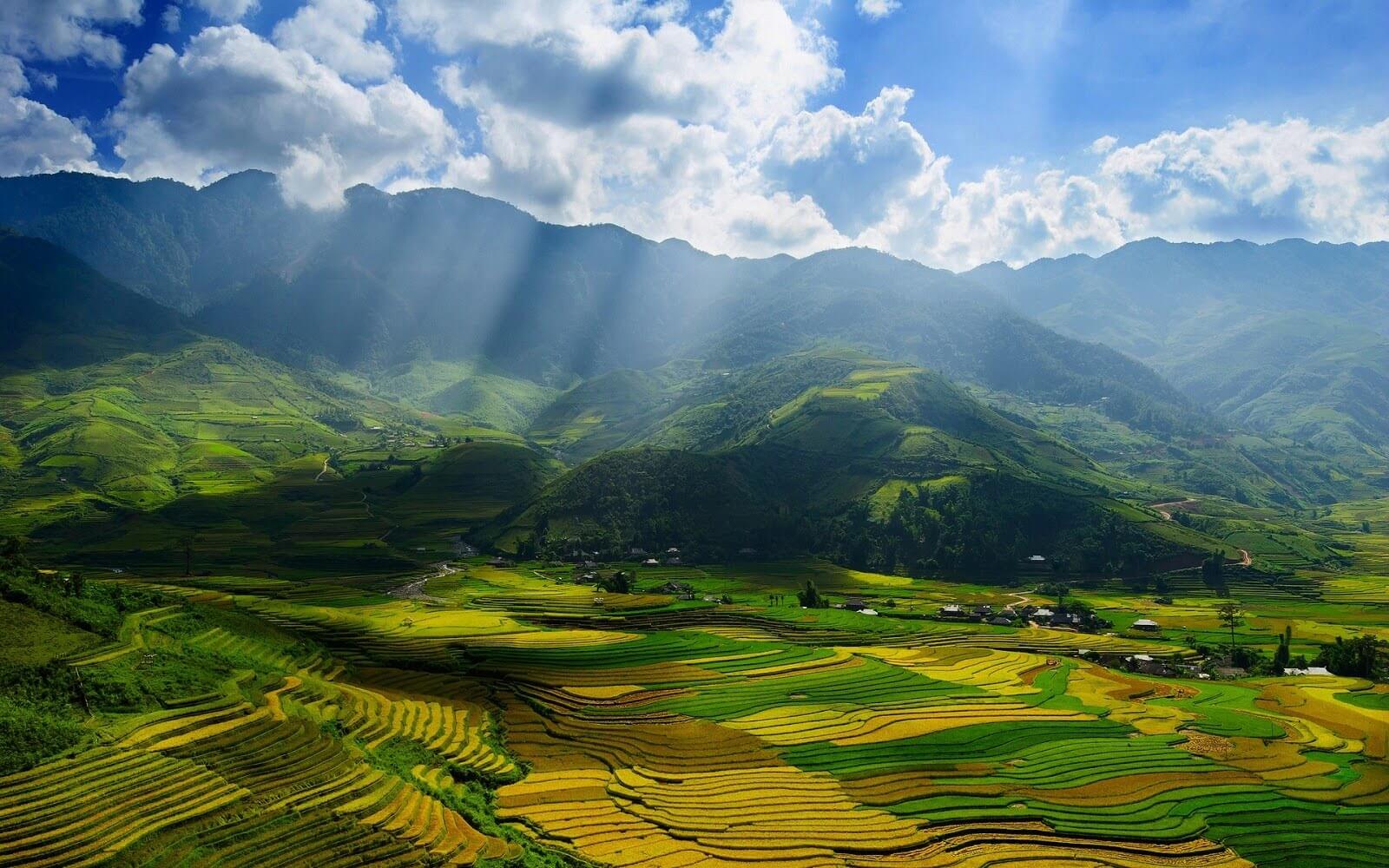
The road passes at an altitude of 2 km through the ridge of Mount Fansipan in the north. It offers an amazing view of Vietnam. The only thing that can cloud the view of the landscape is fog and clouds.
The pass separates two zones with different climatic conditions. As soon as you cross the Tram Ton, instead of coolness, you feel the hot climate of the tropics. As a rule, tourists combine visiting the pass and the waterfall, they are located 3 km from each other. There are shopping stalls near the mountain road. The distance from the city to the pass is approximately 17 km.
Excursions to local settlements
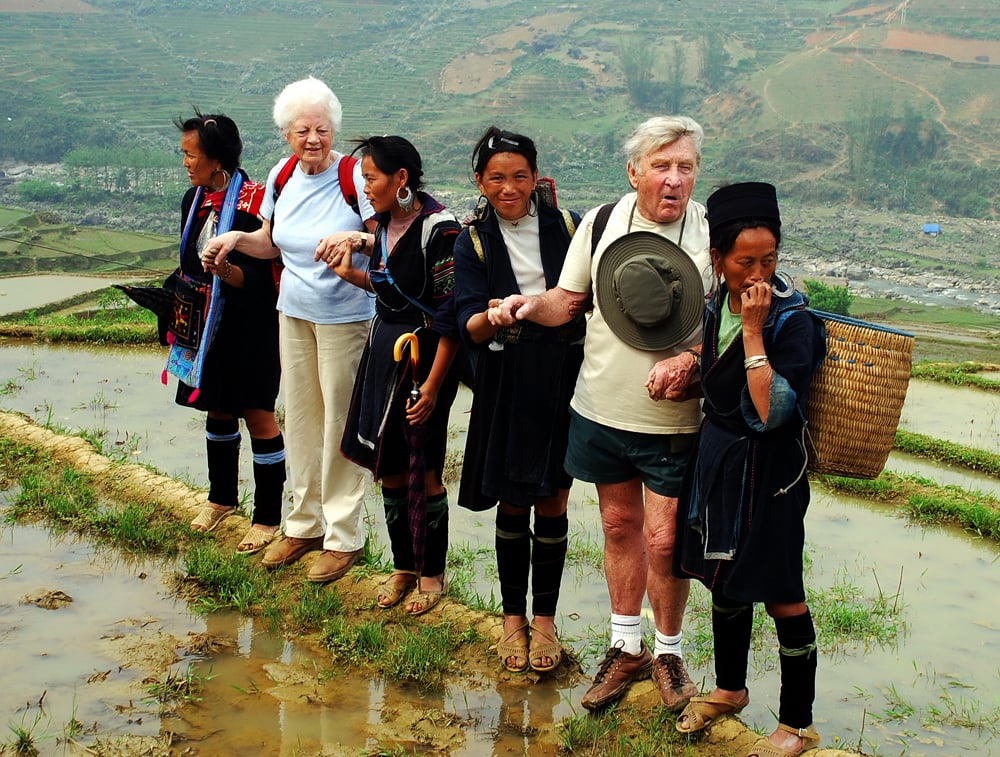
Sightseeing tours regularly depart from the city to the surrounding villages. They are sold by travel agencies in hotels and just on the street. Some excursions are conducted by local residents who have already retrained as guides.
Some hiking trails are quite difficult, so they are recommended to pass exclusively as part of a tour group. Private guided walks can also be arranged. The cost depends on their duration:
- designed for 1 day – $20;
- designed for 2 days – $40.
It is important! It is not possible to climb the peak and travel to the villages of Ta Van and Ban Ho alone. The risk of getting lost is high.
Recommendations for visiting local settlements:
- a visit to the village will cost an average of 40 thousand VND for adults and 10 thousand VND for children;
- it is better to come by bike and rent a room in a guesthouse;
- if you are traveling on your own, it is safest to join a group of tourists.
Mount Fansipan
The highest point of the mountain is 3.1 km away. It is the highest point in Indochina. Climbing to the top will undoubtedly be a fascinating and unforgettable adventure in life. During the trip, you will get acquainted with the amazing flora and fauna, and when you reach the top, you will feel that you have overcome yourself.
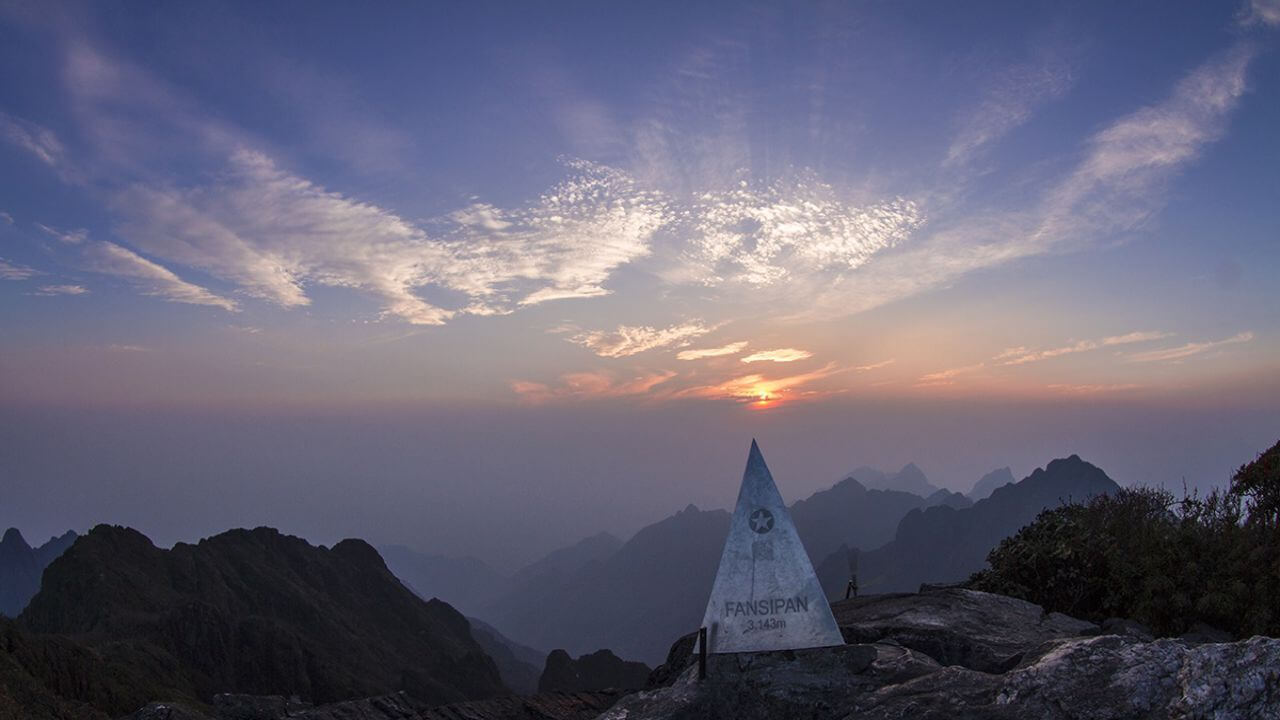
There are several tourist routes to the top, which differ in the degree of difficulty:
- one-day – designed for hardy people who are ready for intense physical activity;
- two-day – involves spending the night in a specially equipped camp, which is organized at an altitude of approximately 2 km;
- three-day – involves two overnight stays-in the camp and on the top.
All necessary equipment for an overnight stay is provided by the organizers of sightseeing trips.
A tip! You need to have a raincoat, comfortable shoes, socks and sweets to provide the body with energy. There should be a minimum of items.
Useful information: the minimum cost of climbing is$ 30, a tour from Hanoi will cost $ 150. This amount includes the cost of travel from Hanoi and accommodation in one of the hotels.
Terraced rice fields
This feature gives the city and its surroundings a unique appearance and flavor. There are terraced fields in the vicinity of Sapa. From afar, rivers of rice seem to roll down from the mountains.

Ancient fields were created by the inhabitants for several centuries. They demonstrate the boundless creative potential of a person and the determination of people to fight the power of nature, to win back territories, but at the same time to live in harmony with it.
Water is carried from the top to the bottom-an efficient and yet safe technology for the mountain, as it does not destroy it.
Sapa ethnic groups
The ethnic groups living in Sapa and the surrounding area are mountain tribes, each with its own dialect, culture and customs. Their uniqueness lies in the fact that they have preserved their way of life for many centuries.
Black Hmong
The largest group is half of the population of Sapa. Their way of life is very similar to paganism — they believe in spirits and worship them. If you see a round burn on the forehead of a Hmong, you should know that this is how a headache is treated — they apply a red-hot coin. Typical clothing colors are black or dark blue.
The women have beautiful, black hair, arranged in a fancy ring and secured with many clips. The standard of beauty is considered to be large earrings in the ears, they are worn in 5-6 pairs. Hmong people are sociable, so if you need a guide to the mountains, choose among the women of this nationality. Hmong people sell a lot of souvenirs at the Sapa City market.
Red Dao
Representatives of the people wear red headscarves that resemble a turban, women completely shave off their eyebrows, hair on the temples and above the forehead. A woman’s shaved hair and eyebrows are a sign that she is married. Orthodox Churches still perform rituals and offer animals to the vents of gods and spirits. Red Daos make up a quarter of Sapa’s population. Their villages are rarely visited by tourists, because they are quite far from the city.
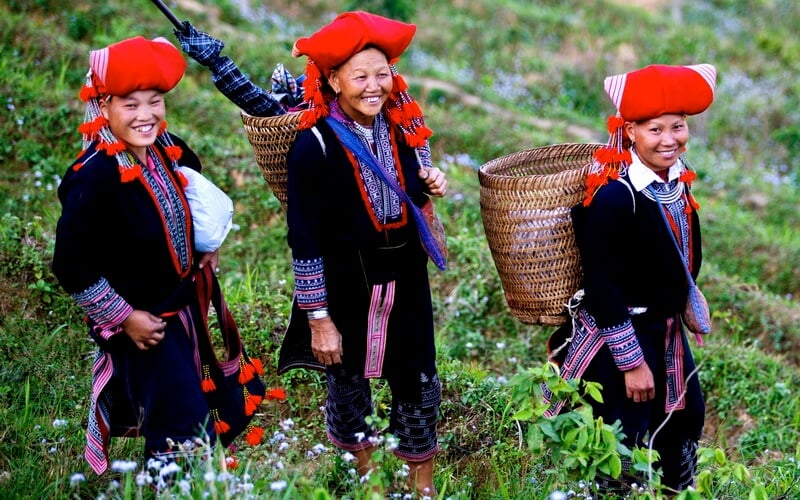
Representatives of these nationalities marry early — at the age of 14-15 years. There are many children in their families, and an average of 5-6 children are born by the age of 40. There are mixed villages in the vicinity of Sapa, where Hmong and Dao live in neighboring houses, but they prefer to appear separately in public places.
Tai and Giai
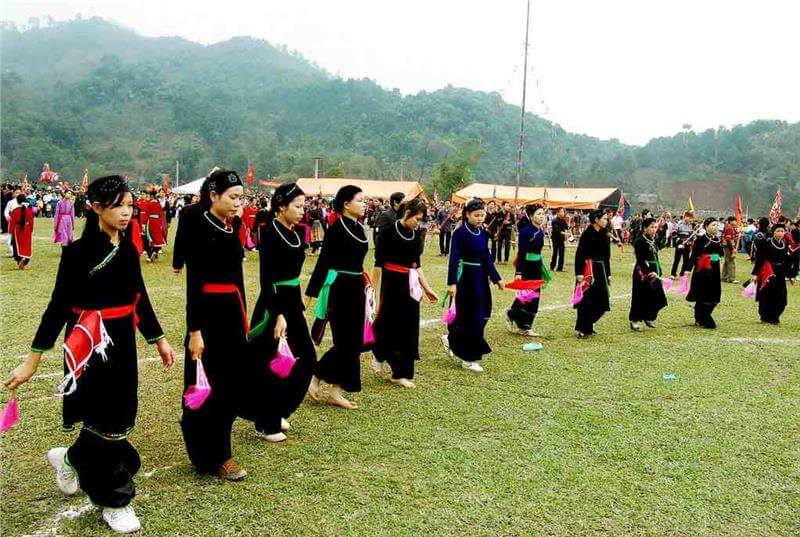
In total, they make up 10% of the population of Sapa. However, in Vietnam, the Tai people are numerous. Their way of life is associated with agriculture, rice cultivation, and the worship of gods and spirits. Representatives of these nationalities adhere to many taboos, for example, there is a ban on eating birds. It is believed that it was the Tai people who invented and organized the irrigation system for rice fields. Clothing in indigo tones is made of cotton, the style resembles tunics from China, complemented by bright belts.
Giay’s clothing is a rich pink color, combined with green shawls. Representatives of the ethnic group are not very sociable, it is difficult to meet them in Sapa.
How to get
Sapa is a small village in a mountainous locality, where there is no airport, so you can only come here by bus. Most often, Saps are sent from Hanoi. The distance between the cities is impressive-400 km, the road takes from 9 to 10 hours. Most of the way passes along a mountain serpentine, so drivers do not develop a high speed.
There are two ways to travel.
Sightseeing tour
If you do not want to solve a lot of organizational issues, just buy a tour from Hanoi. The price includes round-trip tickets, hotel accommodation and the program. The cost will cost an average of$100 and varies depending on the intensity of the excursion scenario.
Ride on your own
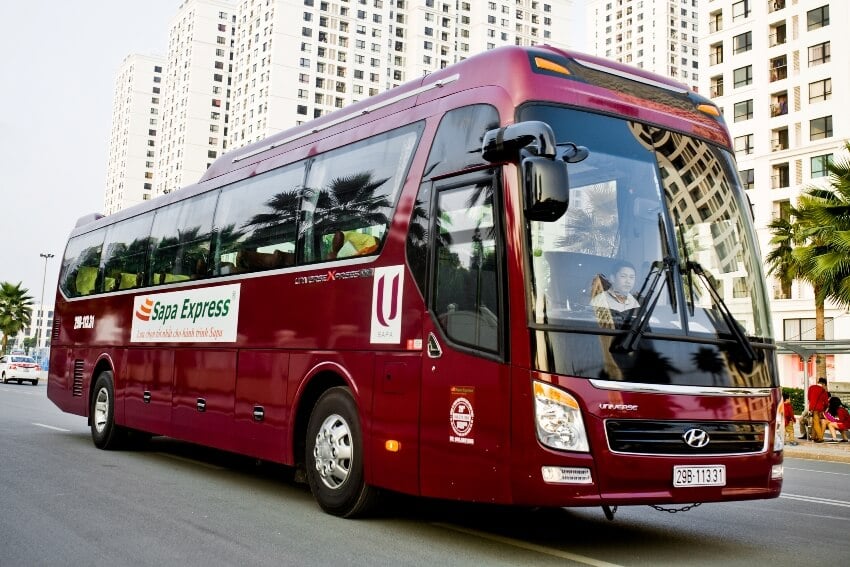
Buses depart regularly from Hanoi. At the travel agency you can buy a ticket to the city of Sapa. Stop in the tourist area, near the lake. From Sapa, transport also comes here.
Buses leave day and night. From the point of view of comfort, it is better to go at night, the seats are unfolded, there is an opportunity to relax. In Sapa, all transport arrives at the bus station, which is located almost in the city center.
On a note! You can also buy a return ticket from a travel agency. If you purchase it at the bus station ticket office, the bus will take you to the bus station, not to the lake. The cost of a one-way ticket is about$17. On public holidays, the fare increases.
You can also go to Sapa from Halong. The fare will be$ 25, almost all flights go through Hanoi.
Public transport in the city

Given that the town is small, it is better to explore it while walking. This is more interesting and informative. There is no public transport in the city, you can take a motorcycle taxi or a regular taxi. The best solution is to rent a bike. Rental services are available in every hotel and on the street. The rental price is about $ 5-8 per day.
It is convenient to explore the city and surrounding areas on a motorbike, and it is also cheaper than paying for sightseeing tours.
Useful to know! There is a bicycle rental service, it costs only$ 1-2 to rent a transport, and if you are staying in a hotel, you can get it for free.
Sapa (Vietnam) is a special place where ancient history, picturesque nature and interesting sights are harmoniously intertwined.
Mui Ne, Vietnam: Who Will Love This Unique Beach Destination

